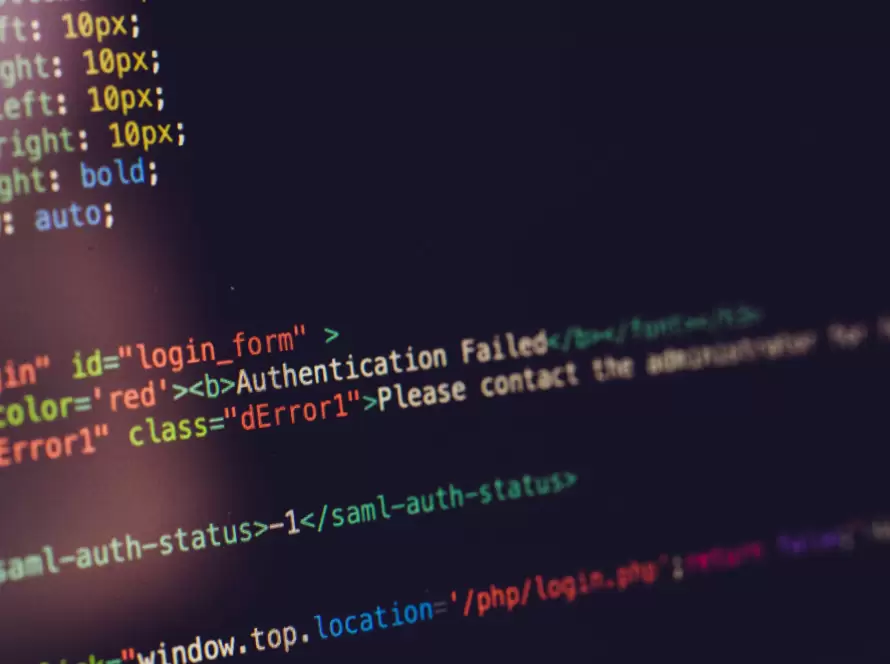Generated by Contentify AI

Common CSS Mistakes and How to Avoid Them
CSS (Cascading Style Sheets) is a fundamental tool for web developers and designers to add style and design elements to webpages. However, even seasoned professionals can make mistakes that can impact the overall presentation and experience of a website. In this post, we will highlight some of the most common CSS mistakes and provide practical tips on how to avoid them.
One common mistake is the misuse of selectors. Selectors allow you to target specific HTML elements and apply styles to them. It is crucial to select the right elements to avoid unintended effects. A common error is using overly specific selectors, which can lead to unnecessary redundancy and bloated code. Instead, opt for more general selectors that can be easily applied to multiple elements, ensuring clean and efficient code.
Another prevalent mistake is neglecting to use proper syntax. CSS syntax follows a set of rules and guidelines that must be adhered to for the code to work correctly. Failing to close brackets, forgetting semicolons between declarations, or misspelling property names are some common syntax errors. To prevent such mistakes, always double-check your code for any typos or missing syntax elements. Utilizing tools like linters or code editors with built-in syntax validation can also be beneficial.
One area where developers often stumble is the handling of floats. Floats can be used to position elements on a webpage, yet misuse can lead to layout issues and unexpected behavior. Always remember to clear floats whenever necessary to ensure that elements are placed correctly. Avoiding excessive use of floats and considering alternative layout techniques like flexbox or grid can also help prevent float-related problems.
Lastly, overlooking cross-browser compatibility is a crucial mistake. Different browsers may interpret CSS rules differently, resulting in inconsistencies and rendering issues. It is imperative to test your CSS on multiple browsers and devices to ensure a consistent and visually appealing experience for all users. Utilize tools like browser compatibility checkers or consider using CSS frameworks that address cross-browser compatibility concerns.
In conclusion, making mistakes in CSS is not uncommon, even for professionals. By being aware of common pitfalls like selector misuse, syntax errors, float mishandling, and cross-browser compatibility issues, you can avoid these mistakes and improve the quality of your code. Remember to double-check your work, use best practices, and always strive for clean and efficient CSS.


